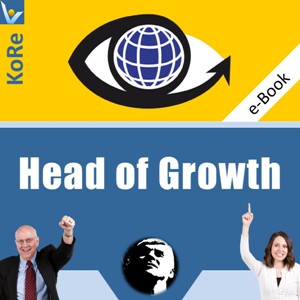| |
CEO, Business Architect,
Strategist, Innovation
Architect, IT Architect, Process
Architect,
Head of
Growth,
Transformational Leader – all
need to be highly skilled at and
very effective in
systems thinking today.
Business architect is a
person who designs an innovative
business model and builds a
harmonious business system for a
lasting success.
|
|
 |